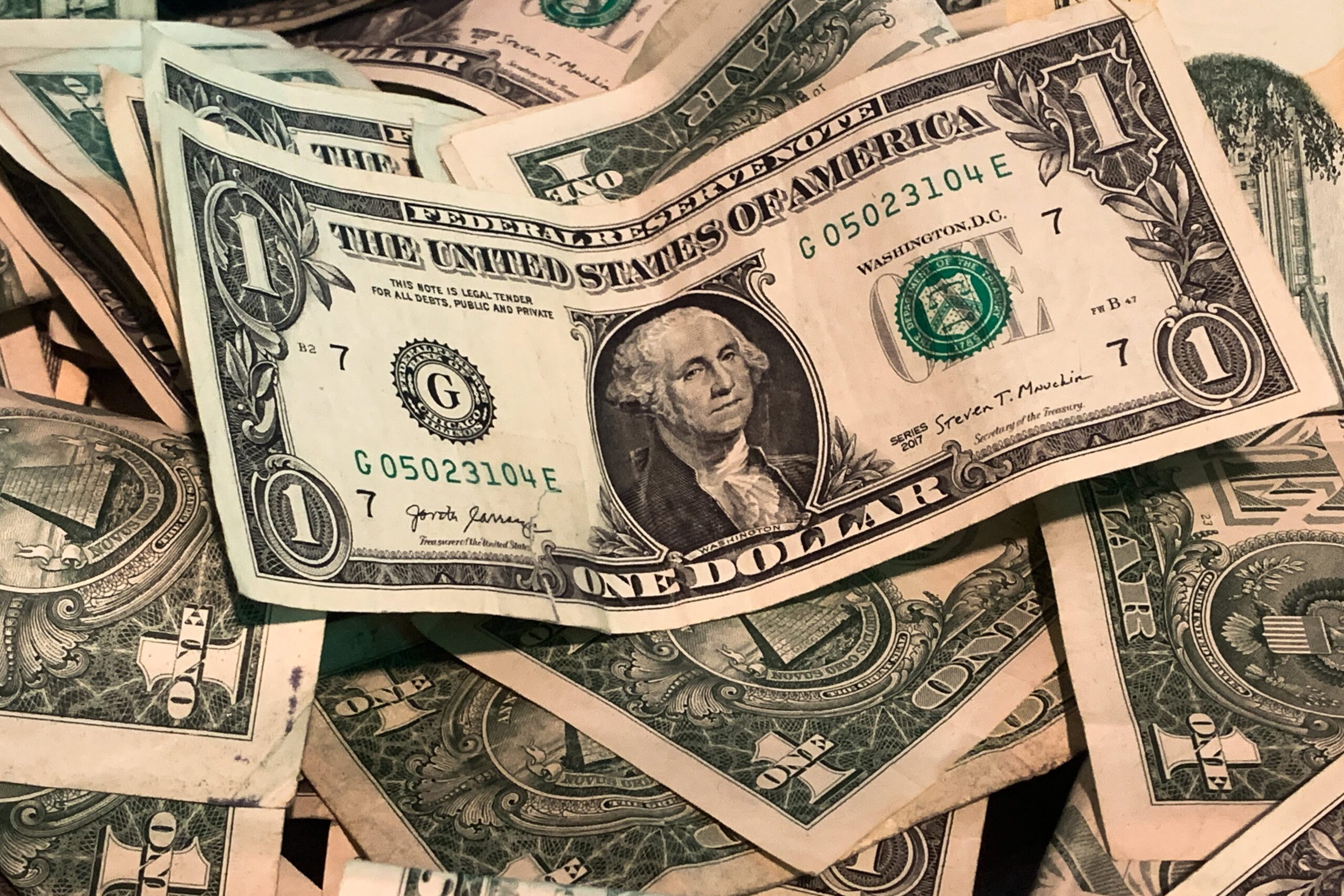As investors consolidated gains after the dollar’s recent rise and anticipated the release of jobs data and consumer prices for February. The dollar declined from a seven-week high on Monday, following a decline in U.S. Treasury yields.
A larger-than-expected drop in U.S. durable goods last month of 4.5%, which reversed a significant boost from Boeing in December, contributed to the dollar’s slide. Orders for these supposedly durable goods increased 5.1% in December.
Though experts expect U.S. interest rates to stay higher for longer, the report lessened some of the hawkishness built into them.
Investors are consolidating recent positions as February comes to an end following the dollar’s over 3% increase during the month on stronger-than-expected. U.S. economic data, according to Joe Manimbo, senior market analyst at Convera in Washington.
Investors are merely taking some chips off the table, he claimed. There has been a tonne of data so far, and it has been hotter than anticipated, which has fueled the dollar.
The market is anticipating this month’s data on the unemployment rate in the United States on March 10 and the consumer price index on March 14. Both of these reports will have an impact on the Federal Reserve’s interest rate policy and its efforts to bring inflation down to its target rate.
The market won’t be willing to send the dollar far lower until it sees the upcoming non-farm payrolls and consumer price index. According to Manimbo. The market is only now realising that the path to 2% inflation is likely to be more difficult and drawn-out.
This week, investors will learn more about the status of the world economy thanks to the release of the February ISM manufacturing. And services survey results in the United States on Wednesday and Friday, respectively. On Thursday, preliminary CPI inflation data for the euro zone are expected.
The dollar did not rise on Monday’s new data showing that U.S. pending home sales registered their highest jump in 2-1/2 years. Contrary to recent positive economic assessments.
According to the National Association of Realtors (NAR), the largest gain since June 2020 was seen in the Pending House Sales Index last month, which is based on contracts. That have been signed. Contracts, which become sales after a couple of months, were expected to increase 1.0%, according to economists surveyed by Reuters.
Pricing in futures markets indicates that traders now anticipate the Fed to increase interest rates to roughly 5.4% in July. Beginning in February, they projected rates to rise to a maximum of just 4.9%.
The dollar index, which compares the value of the dollar to six important rivals, decreased by 0.513%, ending a four-month losing trend. It had previously reached its peak since January 6.
The Japanese yen gained 0.20 percent against the dollar, reaching 136.20, while the euro increased by 0.58% to $1.0607. After reaching a session high of 136.54, more than two months ago, the yen somewhat reversed some of its gains.
Kazuo Ueda, the next governor of the Bank of Japan, stated on Monday that the benefits of the bank’s present monetary policy exceed the drawbacks. However, emphasised the necessity of continuing to support the Japanese economy with extremely low interest rates.
Sterling increased after British Prime Minister Rishi Sunak announced on Monday that London and the EU had reached a new agreement. That is about post-Brexit trade arrangements for Northern Ireland, paving the door for a new chapter in the city’s relationship with the bloc.
















